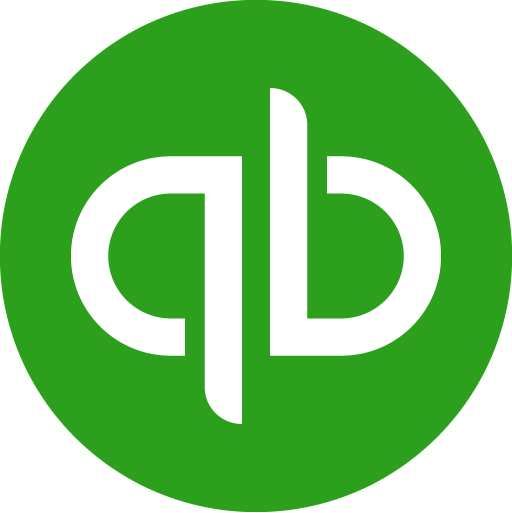If you've ever been in the market for business supplies, you may have come across the term 1/10 net 30. But what does it mean? 1/10 net 30 is a payment term that refers to the fact that the buyer has 10 days to pay for the goods, and then they have another 30 days to pay off the rest of the invoice.
This can be a great option for businesses that are just starting out, as it allows them more time to get their finances in order. In this article, we'll take a closer look at 1/10 net 30, what it means, and how it can benefit your business.
So, what is 1/10 net 30?
In short, 1/net 30 is a payment term that allows businesses to take up to ten days to pay for their goods, with the remaining balance due within thirty days. This can be a great option for businesses that are just starting out or for those who need a little more time to get their finances in order.
What's more, 1/net 30 can help businesses build up their credit score, as prompt payment is often looked upon favorably by creditors. So, if you're considering using 1/net 30 for your business, be sure to weigh the pros and cons carefully before making a decision.
Pros:
● Allows businesses up to ten days to pay for their goods
● The remaining balance is due within thirty days
● Can help businesses build up their credit score
Cons:
● It may not be suitable for all businesses - those with poor cash flow may find it difficult to make payments on time
● Late payments may incur interest or other penalties
Overall, 1/net 30 can be a helpful way for businesses to manage their finances, but it's not right for everyone. Be sure to do your research before deciding if 1/net 30 is the best option for your business.
How do you work out 1/10 net 30?
The 'net' part of 1/net 30 means that the full amount is due within 30 days. The '30' is the number of days from the invoice date. So, if you're invoicing on 1st January, the full payment will be due on 31st January - 30 days later.
The 'ten' in 1/ten net 30 means that you can pay a deposit of ten percent when you receive the invoice, with the remaining balance due within 30 days. So, for an invoice of $1000, you would pay a deposit of $100 upfront, with the remaining $900 due within 30 days.
So, for example, if you're invoicing on 1st January, you would pay a deposit of $100 on 1st January, and the remaining $900 would be due on 31st January.
Paying a deposit upfront can be helpful for businesses, as it shows that you're committed to paying the invoice in full. It also means that you can get started on your project straight away, without having to wait for the full payment to come through.
If you're able to pay the full amount up front, you'll save yourself some money, as you won't have to pay any interest on the outstanding balance. However, if you do need to finance your purchase, 1/ten net 30 is a great option.
How LiveFlow can help
Working out if 1/10 net 30 is right for you means staying on top of your finances. With LiveFlow, you can connect your QuickBooks reports directly to your Google Sheet and refresh them as often as you want, without breaking your existing formulas.
To find out more, book a demo with us today.



.png)





